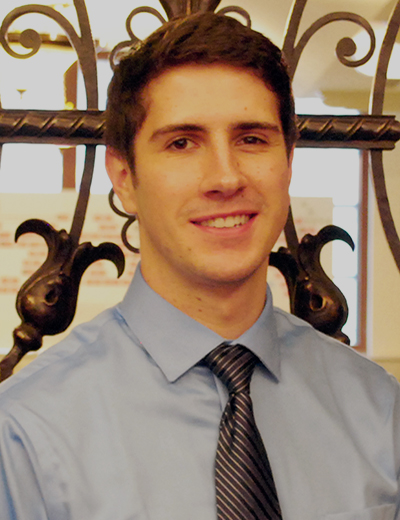Recently, the Tadeusz Manteuffel Institute of History, part of the Polish Academy of Sciences, unveiled a new interactive map feature on their website: Mapy z Przeszłością (Maps of the Past). The online tool superimposes historical maps over a modern map of Central and Eastern Europe, allowing researchers to visualize and compare shifting borders and place names over time. The turbulent nature of Poland’s history, with its boundaries expanding, contracting, and disappearing over several centuries, is reflected in the geographic range of the maps available as overlays. The new map tool is useful for users with ancestry from modern Poland, Germany, Ukraine, Belarus, and Lithuania, or the historical territories of the German, Russian and Austrian Empires.
In Central and Eastern European genealogy, you will encounter placenames that changed depending on who controlled an area and when. This complicates research as we sort out and weigh the accuracy of the various placenames that are found in American sources. For example, researching a Lithuanian immigrant ancestor, you may find that their town of origin is reported in its Polish form in American sources, reflecting the official name from the early nineteenth century. The same town or village may be recorded in another record with an approximation of its Russian name, from when Lithuania was part of the Russian Empire. The town name may also appear in its Lithuanian form, which became official in the twentieth century. Researchers with Jewish ancestry may also find a distinct Yiddish form of their ancestral town or village recorded in American sources.
With the new map overlays, a researcher can alternate between historical periods, translating placenames in the process. This is most effective for placenames with Polish and German variants. Pay attention to the names of nearby towns and villages. Those placenames may appear later in religious or civil records. Some maps also include symbols that mark the nearest religious community.
If you have been unable to find your ancestor’s birthplace in Europe, expand your research to their friends, associates and neighbors. A common point of origin may emerge. By examining historical maps, you may find a placename nearby that is a phonetic match for the indecipherable placename found on an American record.
Maps available as overlays (June 2023):
- Mapy WIG (1918-1947): From the Polish Military Geographical Institute (Wojskowy Instytut Geograficzny), this map collection largely represents Poland’s borders between World War I and World War II.
- Mapy polskie: Published in 1859, this map series covers the areas of the old Polish-Lithuanian Commonwealth and neighboring countries.
- Mapy austriackie: Published in 1855, this map covers the Galician territories of the Austrian Empire, modern-day southeastern Poland and western Ukraine.
- Mapy pruskie i niemieckie: With maps dated from the nineteenth to the twentieth century, this collection is the most expansive option, covering an area from the German-Dutch border in the west, to the Russian border in the east, and south to the Black Sea.
- Plany miast: Highly detailed plans of major towns and cities in modern Poland generated during World War II.
From the main webpage, use the search bar (“Szukaj…”) in the top right corner to locate a modern location. The interactive key on the left side allows you to select one or more of the map options. The (+) icon expands each map series to include all its component maps. A sliding bar below each map title controls the transparency so that it is possible to view both the modern and historical maps simultaneously.
Can you find your ancestral town or village? Try it out!
Share this:

About James Heffernan
James earned his BA in history at Boston College. Before joining the NEHGS team, he worked in the conservation department of the John J. Burns Library at Boston College and the research library at Plimoth Plantation. Propelled by his interests in genealogy and history, James spent a semester abroad at Jagiellonian University in Krakow, Poland. In addition to Slavic history, he is very interested in the history of Colonial America and 19th century Massachusetts.View all posts by James Heffernan →

